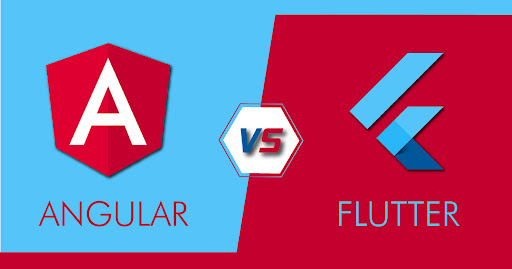Elevating User Experiences with Angular and Flutter: A Comparative Analysis for Frontend Excellence

Welcome to Fast Development Solutions! In this blog post, we’ll explore how Angular and Flutter are transforming frontend development and elevating user experiences. As a software development company committed to delivering excellence, we understand the importance of choosing the right frontend framework for your projects. Let’s dive into a comparative analysis of Angular and Flutter to help you make informed decisions and achieve frontend excellence.
Understanding Angular and Flutter
Angular:
Angular is a popular frontend framework developed and maintained by Google. It’s widely used for building dynamic and interactive web applications with rich user interfaces. Angular offers features like two-way data binding, dependency injection, and component-based architecture, making it a powerful choice for enterprise-scale applications.
Flutter:
Flutter, on the other hand, is a UI toolkit developed by Google for building natively compiled applications for mobile, web, and desktop from a single codebase. Flutter uses a reactive programming model and a rich set of pre-built widgets to create stunning user interfaces with smooth animations and high performance. With Flutter, developers can achieve pixel-perfect designs and deliver consistent experiences across platforms.
Comparative Analysis: Angular vs. Flutter
1. Performance:
-
Angular: While Angular provides good performance, especially for complex web applications, its performance can be affected by the size and complexity of the application.
-
Flutter: Flutter excels in performance, thanks to its use of a single codebase and native compilation. Flutter apps offer smooth animations, fast rendering, and consistent performance across platforms.
2. Developer Productivity:
-
Angular: Angular offers a steep learning curve, especially for developers new to the framework. However, once mastered, Angular provides powerful tools and libraries for building scalable applications.
-
Flutter: Flutter’s hot reload feature allows developers to see changes instantly, speeding up the development process. Its declarative UI approach and extensive documentation contribute to developer productivity.
3. UI Customization:
-
Angular: Angular provides flexibility in UI customization through its component-based architecture and support for third-party libraries like Angular Material and PrimeNG.
-
Flutter: Flutter offers unparalleled UI customization with its rich set of customizable widgets and layout options. Developers can create complex UI designs and achieve pixel-perfect rendering across platforms.
Conclusion
In conclusion, both Angular and Flutter have their strengths and use cases in frontend development. Angular is well-suited for building enterprise-scale web applications with complex requirements, while Flutter shines in creating visually stunning and performant user interfaces across platforms. By understanding the differences and capabilities of Angular and Flutter, you can choose the right framework for your projects and elevate user experiences to new heights.
Ready to elevate your frontend development with Angular or Flutter? Contact us today to learn how Fast Development Solutions can help you harness the power of these frameworks for your next project!